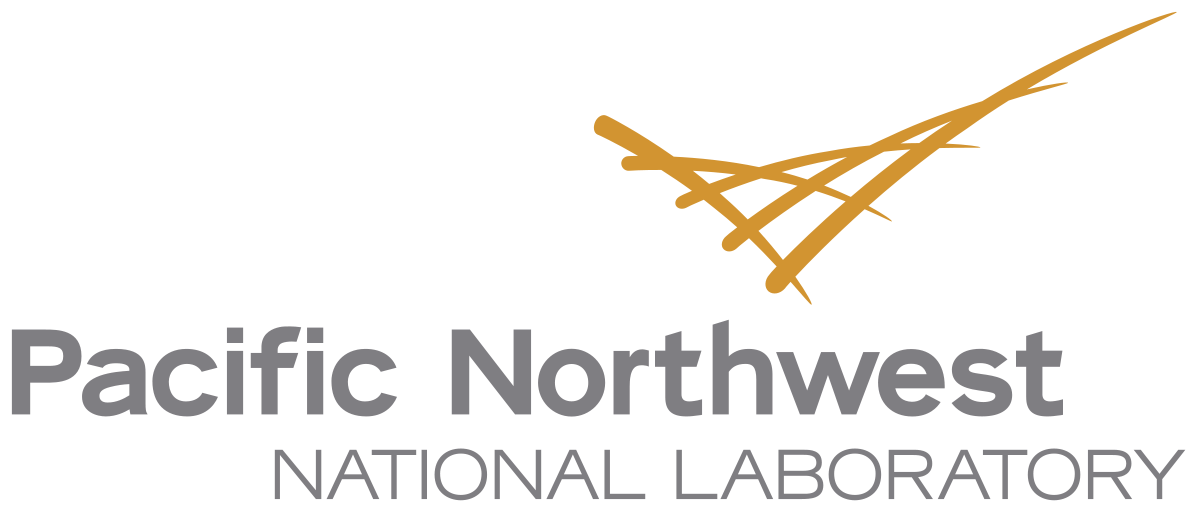The U.S. manufactured nuclear weapons at the Hanford Nuclear Reservation in south central Washington State. Approximately fifty-six million gallons of liquid waste left over from the production of nuclear warheads is currently stored in one hundred and seventy seven buried tanks. The liquid in the tanks is a witches’ brew of toxic chemicals and radioactive waste. Some of the tanks are leaking and a more permanent solution to the storage of the liquid wastes is being developed.
In 2000, the Department of Energy chose Bechtel as the recipient of a $4.3 billion grant to construct a vitrification plant. The facility is intended to take the liquid wastes from the tanks and combine it with the ingredients of glass. When the mixture is heated, the glass solidifies and traps the radioactive materials. The glass, in the form of logs can then be safely buried.
Bechtel began construction of the vitrification plant in 2002 and it was scheduled to be in operation by 2011. The intention was to vitrify all the contents of the tanks by 2028. In 2012, the U.S. Government Accountability Office issued a report that detailed a variety of unresolved technical and managerial problems at the facility.
One major problem involved the need to keep the plutonium and enriched uranium in the liquids from creating a criticality accident before it was turned into glass. Another problem had to do with the generation of hydrogen gas which could cause an explosion and fire. A third problem involved vibration in the pipes caused by variations in the liquids being treated that could cause ruptures and spills of the liquids.
Currently the vitrification plant is being subjected to “ongoing” reviews by the Government Accounting Office, Office of Inspector General, Defense Nuclear Facilities Safety Board and other agencies. The new estimate for total cost is about $16.18 billion with an expected completion date of 2023.
Researchers at the U.S. Department of Energy's (DOE) Pacific Northwest National Laboratory (PNNL) have just announced the successful demonstration of the continuous conversion of three gallons of liquid wastes from the buried tanks at Hanford into glass. This is the first time that liquid waste has been converted into glass in a continuous process as opposed to a batch process. It is an important milestone in the development of the process that will be used during full scale operation.
The radioactive waste liquid was slowly pumped into a mixture of the materials used to make glass and heated to over two thousand degrees Fahrenheit. The test produced about twenty pounds of glass. The radioactive materials in the original liquid are chemically bound and sealed to the glass. If the lump of glass were broken, each piece of glass would still prevent the radioactivity from escaping. The vitrification test at the PNNL will assist in the development of the Direct Feed Low-Activity Waste (DFLAW) system that will be used during full operation of the facility when it is completed.
Kris Colosi is the Washington River Protection Solutions project manager. He said that “Being able to run real tank waste instead of simulant through these tests provides valuable input for validating and refining our approach to the treatment of low-activity waste. It's another important step toward the removal and disposal of a large portion of Hanford's tank waste.”
